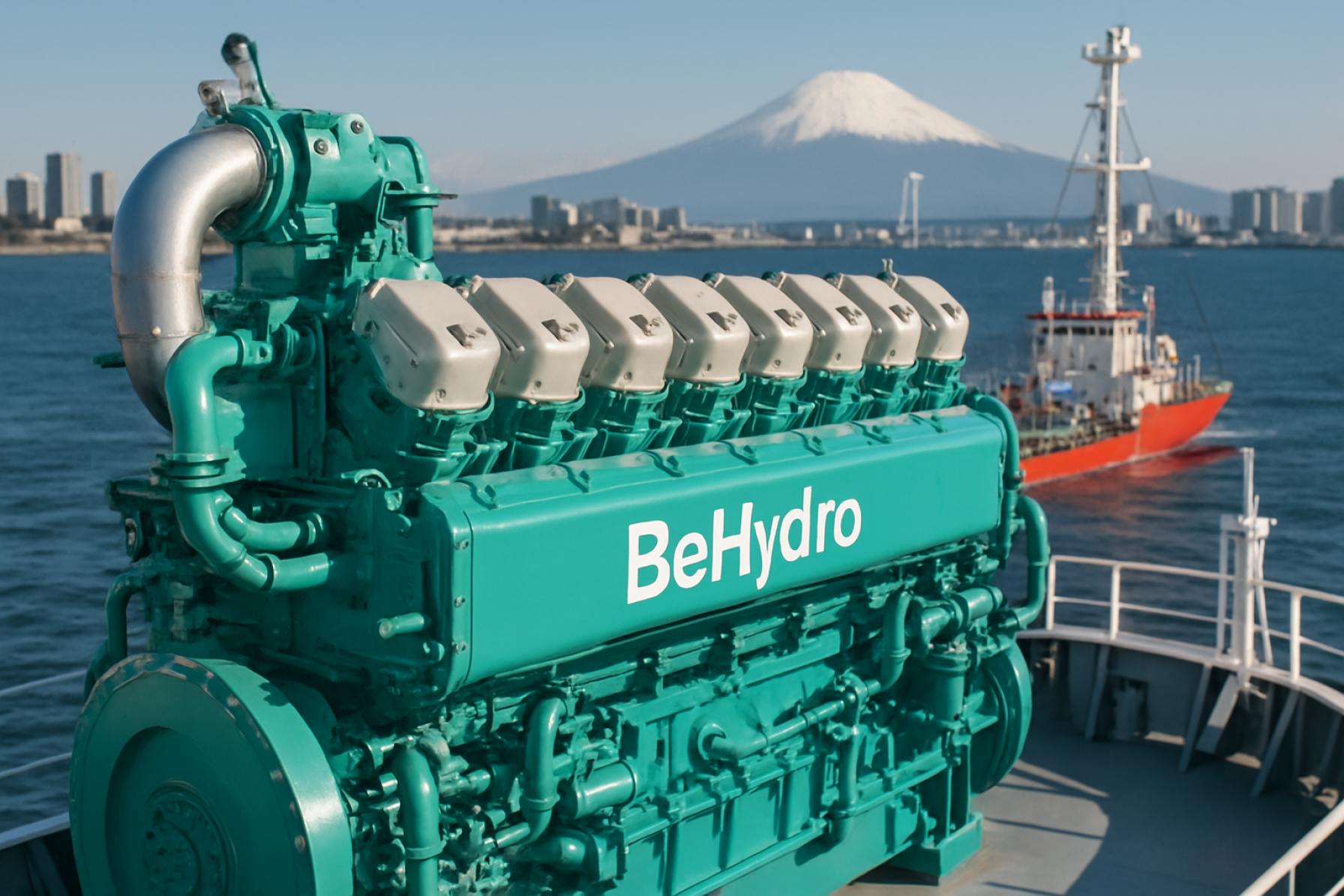Japan Makes Waves with Game-Changing Hydrogen Tugboats as BeHydro Tech Debuts in 2025
BeHydro brings its cutting-edge hydrogen engines to Japan’s coastline, igniting a new chapter in clean maritime operations.
- 100% hydrogen engines deployed in Japanese tugboats
- First delivery of dual-fuel V12 engines expected next month
- Cut emissions for Japan’s port & coastal sector by up to 95%
- Collaboration with major local shipbuilders and engineering firms
Japan’s bustling port cities are about to get a green upgrade. Belgian engine powerhouse BeHydro, famed for its innovative hydrogen propulsion, is launching both dual-fuel and fully hydrogen-powered engines in Japan’s coastal fleets. This bold move puts the island nation in the spotlight of 2025’s clean energy revolution.
The ground-breaking step comes through a new partnership with Japan’s major maritime and engineering leaders. Twin sets of robust V12 BeHydro dual-fuel hydrogen engines are set to power tugboats built by Tsuneishi Shipbuilding, a giant in Japanese shipbuilding, with the very first vessel scheduled for delivery in the coming weeks.
Beyond an engine swap, this initiative aims to supercharge Japan’s shipping sustainability. Local engineers will adapt the engines to meet Japanese standards, while round-the-clock support, on-the-ground testing, and after-sales services ensure smooth sailing for adoption.
What Makes BeHydro’s Hydrogen Engines a Game Changer?
BeHydro’s engines aren’t just about innovation—they’re about real-world impact. With successful deployments in Europe’s busiest ports, these hydrogen systems can slash fuel emissions by up to 95%. Perfect for Japan, where the pressure to decarbonize its dense coastal shipping ecosystem is hitting an all-time high. Tugboats, notorious for diesel pollution, now have a cleaner—and quieter—future.
How Will This Technology Affect Japan’s Ports and Shipping?
Hydrogen propulsion for tugboats signals a transformation for Japan’s maritime industry. Experts expect tighter government regulations and the rising cost of fossil fuels to spark rapid adoption of such tech. Japan’s maritime sector, vital for international trade, embraces the future with vessels that are environmentally friendly, cost-effective over time, and compatible with global sustainability trends.
Q&A: What’s Next for Hydrogen Shipping in Japan?
Q: When will the first BeHydro-powered tugboat launch?
A: Delivery of Tsuneishi Shipbuilding’s hydrogen-fueled tug is expected within the next month.
Q: Who oversees installation and support?
A: A network of local maritime engineering experts will handle setup, testing, and maintenance, ensuring seamless integration.
Q: Will we see more hydrogen tugs in Japan soon?
A: Given government incentives and the race to decarbonize, the rollout pace is predicted to accelerate through 2025 and beyond.
How Can Japan’s Hydrogen Shipping Boom Inspire the World?
Japan’s pivot could serve as a template for global ports. Expect other nations to watch closely as hydrogen-fueled maritime tech goes mainstream. Industry leaders like IMO and U.S. Department of Energy already spotlight hydrogen as a cornerstone for maritime decarbonization by 2030.
Ready to ride the wave of shipping’s hydrogen future?
- Watch the launch of Japan’s first BeHydro-powered tugboat next month.
- Track emerging hydrogen initiatives in major ports worldwide.
- Explore incentives and innovations at Japan’s Ministry of Economy, Trade and Industry.
- Support clean maritime tech—advocate for sustainable shipping at your local port.
Stay tuned as Japan charts a cleaner course for coastal shipping—hydrogen engines could become the new normal on the world’s busiest waterways.
